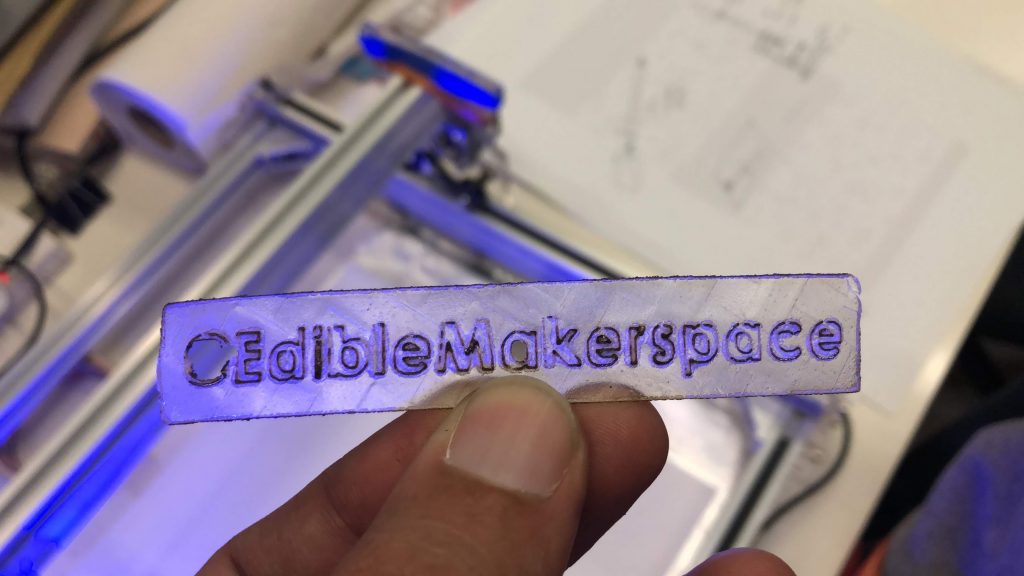Using visible lasers to etch into edible materials to selectively caramelise areas that darken to imprint images and illustrations without the use of dyes or inks of any kind. Precision toasting.
The use of blue laser technology to etch patterns and images onto edible materials through selective caramelization is a highly innovative and creative approach to food science. By using laser technology to selectively caramelize specific areas of an edible material, it is possible to create intricate patterns and designs without the need for dyes or other artificial colorants. This not only offers a more natural and healthy alternative to traditional food coloring techniques, but also opens up a range of new possibilities for experimentation with flavor, texture, and aesthetics.
One of the key benefits of using blue laser technology to etch patterns onto edible materials is its high level of precision and control. The laser beam can be focused and directed with great accuracy, allowing for the creation of intricate and detailed designs. This makes it possible to create a wide range of patterns and images on a variety of edible materials, including bread, cookies, and chocolate.
In addition to its precision, the use of blue laser technology also offers a number of other benefits for food science experimentation. By selectively caramelizing specific areas of an edible material, it is possible to create a range of flavors and textures. For example, the caramelization process can be used to create a crunchy or crispy texture, or to enhance the sweetness or complexity of a food’s flavor. This offers a range of possibilities for experimentation with new and unique flavors and textures.
Overall, the use of blue laser technology to etch patterns and images onto edible materials through selective caramelization is a highly innovative and creative approach that offers a range of possibilities for food science experimentation. By eliminating the need for dyes and offering a range of possibilities for flavor, texture, and aesthetics, this approach has the potential to revolutionize the way we think about food and food presentation.




